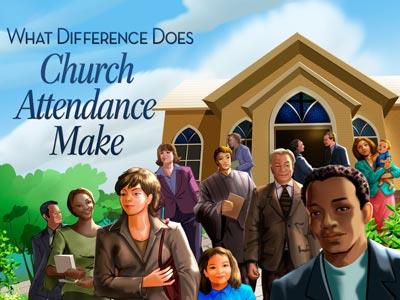-
"expectation Sunday"
Contributed by John Huyser on May 24, 2023 (message contributor)
Summary: Our passage appears to be at first mere filling in the middle - sandwiched between two of God’s greatest actions in the Bible. The majestic ascension of Jesus Christ into heaven and Pentecost Sunday.
The passage we just read is sandwiched between two of God’s greatest actions in the Bible. The majestic ascension of Jesus Christ into heaven and Pentecost Sunday. From there, the book of Acts encompasses nearly 30 years of history -- We see everything from transformational preaching and miracles to jailbreaks, arrests, and shipwrecks.
Our passage appears to be at first mere filling in the middle. In comparison to the ascension or Pentecost, our passage comes off vanilla plain considering the Holy Spirit hasn’t come yet. There’s nothing particularly eyebrow raising without all the comparable God-driven actions taking place. Yet Luke, through the Spirit’s inspiration thought it warranted the space given. So, what might we be missing?
Reading over the text again and again, I realized I was asking the wrong question. Rather than to ask what might we be missing – the better question to ask of the text is WHO is missing!
For the first time of significant length, Jesus Christ is physically missing. We can’t understate the impact on this group. Jesus’ physical absence from the apostles is The defining moment in their lives and the lives of the church.
But now? They can’t believe what they are seeing as they look up into the sky. Jesus rises into the air and disappears into the clouds like we said at Cadets and GEMS – a child accidentally letting go of a balloon and carried away. The two men in white – messengers of God snap them out of the mesmerizing scene. It’s as if they were saying, why do you stand here looking up to the heavens? Jesus will come back in the same way he departed. So quit slacking! Don’t dawdle! There is work to be done. What is that work? Beyond the obvious Great Commission, there is more to it than that.
Berkhof lays it out for us. He writes, “The apostles had the special task of building on the foundation for the Church of all ages.” These verses that at first appear so ordinary marks the start of that important work. What takes place here sets up a framework that has shaped churches ever since including ours. No wonder Luke gives this much space to the events taking place between the ascension and Pentecost. It begins with a U-turn from the Mount of Olives back to Jerusalem.
Verse 12: “Then they returned to Jerusalem from the hill called the Mount of Olives, a Sabbath day’s walk from the city.” Given Acts 1:3 indicates the Ascension took place 40 days after the resurrection Jesus, the Ascension took place by count of days on a Thursday. It’s not clear why Luke highlighted the distance as a Sabbath Day’s walk. Roughly a half mile in length, The Sabbath’s Day walk was the maximum number of steps, a faithful Jew could walk on the Sabbath. Exceed that amount and you were breaking the Sabbath. Some presume it was such a familiar measurement that Luke simply included it as a factoid. Now that his accusers thought Jesus was out of the picture, others presume Luke is foreshadowing the future accusations the apostles would be targeted with in Jesus’s place.
Regardless, the apostles are demonstrating obedience – heeding Jesus’ earlier command to remain together in Jerusalem until the Spirit came. No one threw in the towel and gave up. They waited expectantly for the Spirit to come. Would that when we gather, that we would carry within us a similar expectation to see what God will do next through us as his church! Do you and I assemble here with that sort of expectation? Or do we assemble presuming the best days are behind us?
In theological terms, the issue highlighted is the importance of human agency by which God accomplishes will through the body of Christ on earth. Human agency is about what God wants over and above what pleases us. With Christ as head, the body of Christ are the agents by which God makes disciples and grows us into greater maturity in Christ – to bring him glory. This isn’t the start of a new church or the birthday of the church – otherwise we disregard the faithful Old Testament witness. As far as the New Testament is concerned – the shift from Old to New starts in verse 13 with the naming of the eleven apostles’
the exception being Judas Iscariot who betrayed Jesus. Of particular importance to us first of all is what transpires in verse 14. “They all joined together constantly in prayer, along with the women and Mary the mother of Jesus, and his brothers.” Three items worth highlighting.
The first is the ministry prayer. “They all joined together constantly in prayer.” Just as they waited expectantly, now they pray with similar expectation together setting up the pattern for congregational prayer we pray today. To submit ourselves to God’s human agency requires us to seek his purpose and direction and resources to do what he wants us to do.

 Sermon Central
Sermon Central



